DMC is a Hip Hop legend and a Rock N Roll Hall of Famer, but can this cat go back to his roots and live his childhood dreams of becoming a comic book publisher/writer/superhero? DMC, AKA Darryl McDaniels, did not come out his momma’s womb grasping the golden mic. Before he teamed up with Rev Run and Jam Master Jay to create Run DMC, D was a total comic book head. In fact, he had to sell his comic collection to afford his first turntable. Now, over 30 years later, McDaniels has launched his own independent comic company—Darryl Makes Comics. Its first release will be the self-titled book, DMC. DMC and editor Edgardo Miranda-Rodriguez have promised that their comic will feature the industry’s top creators, portray an “authentic” NYC and, although this comic takes place in the 80’s, will target issues that are still plaguing our society today. So the question is, do you wanna be “Down With The King”? (Hahaha, get it. If you don’t, y’all better YouTube it up, baby.)
Here is the description from Darryl Makes Comics: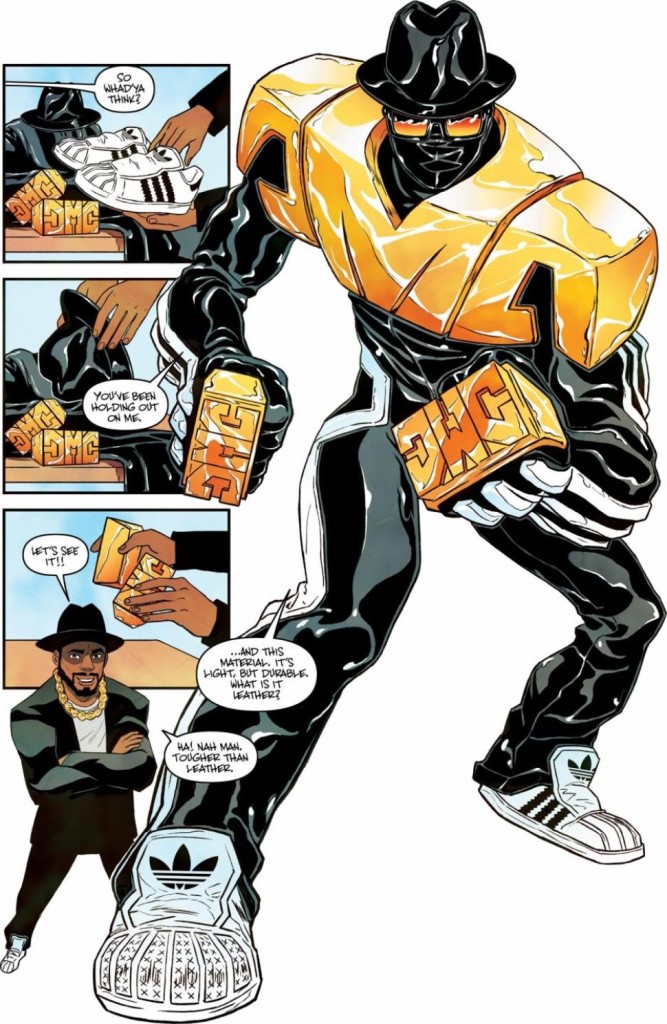
It’s 1985 in New York City. Wildstyle graffiti covers subway cars as B-boys break and spin in playgrounds and on street corners. Koch is mayor. Drugs and crime rule the streets. A terrifying plague is brewing in the shadows. And as the populace loses faith in the police, a man named Bernard Goetz is being hailed as a hero for shooting four teenagers in a subway car.
In this 1985, however, the city’s brand new guardian angels wear spandex and capes, wielding their gadgets and their superpowers to clean up the City – even if their methods hurt more people than they help. There’s the deluded “graffiti king” Mr. Marx patrolling the tunnels; the dark moral crusader The Puritan who stalks the shadows of the Lower East Side; and above it all, the godlike Helios, darling of the Upper East Side and the NYPD. It seems like only some of New York’s residents are benefitting from these vigilantes’ protection. The rest whisper the name of another hero: DMC.
You see, in this 1985, Darryl McDaniels (Run DMC) never rocks the mic to become one of hip-hop’s most enduring icons. Instead, he dons his tracksuit and Adidas sneakers to defend the city’s marginalized citizens against super villain and super hero alike, leaving no traces besides the imprint of his knuckle rings on his opponents’ faces. (By day, though, he teaches junior high school English.) With the help of reporter Charlie Cooper and a band of graffiti artists led by the spunky Lak6, DMC must confront the new “heroes,” and investigate whether there’s anything behind their sudden appearance.
DMC, the inaugural title from Darryl Makes Comics, imagines an alternate history that blends traditional comic book storytelling with the pressures and anxieties of 1980’s NYC, and explores how we got to where we are now. DMC is a superhero for those who need one most.
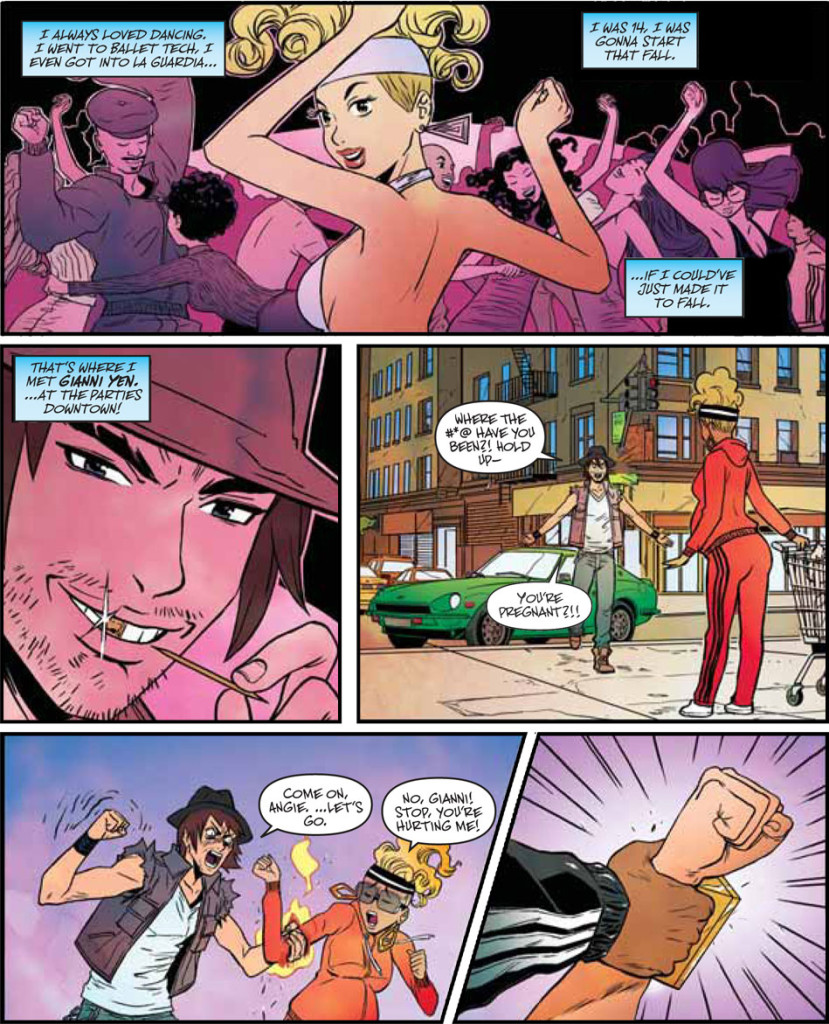 The book is an origin story, but not for DMC. It is the origin of a universe. The comic clearly has grand aspirations to establish an entire world of diverse characters and villains. Like any great comic, without the supporting cast the lead is nothing. In the world of Darryl Makes Comics, the supporting cast are all round characters with conflicts of their own, paving the way for possible spin-offs down the line. I especially fell in love with Angelique, a Dominican sister who leaves home to escape her violent father only to enter an abusive relationship. She becomes addicted to drugs, gets pregnant and has to give the baby up for adoption. Eventually, she empowers herself by leaving the relationship, learning self-defense and becoming a B-Girl.
The book is an origin story, but not for DMC. It is the origin of a universe. The comic clearly has grand aspirations to establish an entire world of diverse characters and villains. Like any great comic, without the supporting cast the lead is nothing. In the world of Darryl Makes Comics, the supporting cast are all round characters with conflicts of their own, paving the way for possible spin-offs down the line. I especially fell in love with Angelique, a Dominican sister who leaves home to escape her violent father only to enter an abusive relationship. She becomes addicted to drugs, gets pregnant and has to give the baby up for adoption. Eventually, she empowers herself by leaving the relationship, learning self-defense and becoming a B-Girl.
DMC shares the spotlight with Charlie Cooper, our brave and witty protagonist. Cooper fits the classic “fearless reporter” comic trope. She is the Ben Urich or April O’Neil of the story, but much more youthful, with huge-eye glasses and over the top animated expressions. The plot follows her as she attempts to find out who is the mysterious hero of the people who calls himself DMC? During her search, she interviews the many side characters with each interview acting as a mini origin tale showing only brief glimpses of DMC.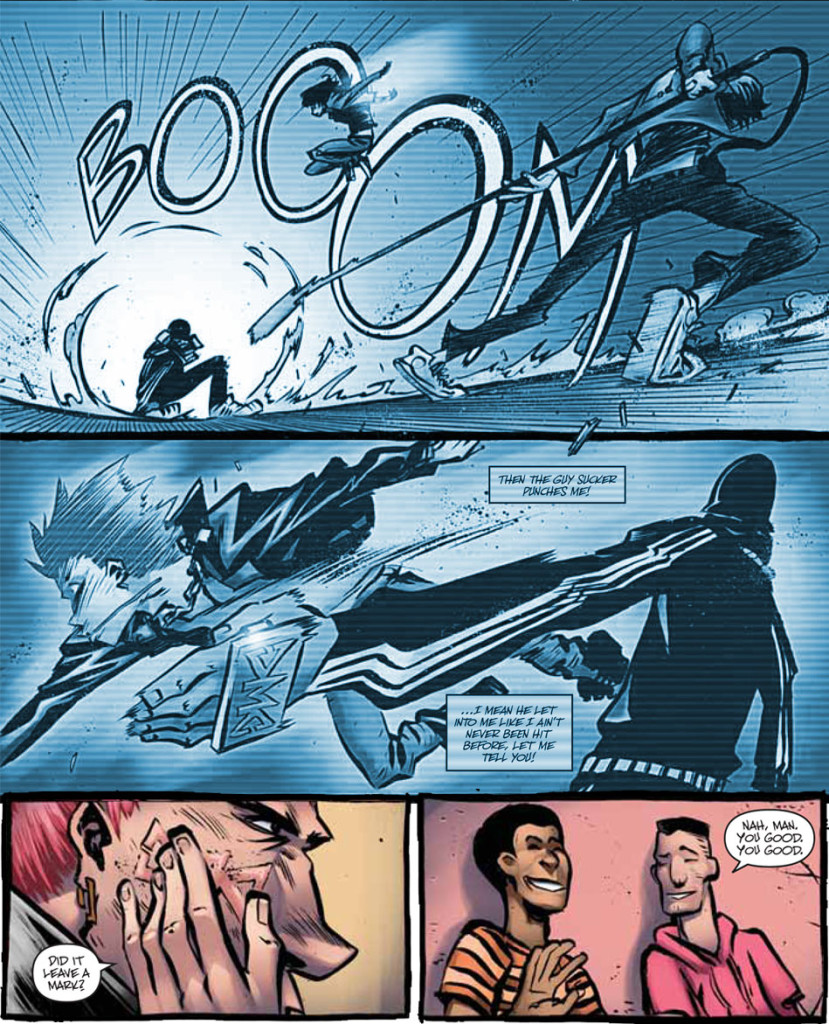
The other lead character in the book is New York City. While, historically, comics have only ventured into certain sections of the city, this comic gives you a full tour, from the Lower East Side to the Upper East Side through the subways worming below. And the city looks just like it should—bursting with colors, life and movement. The setting is the 1980s, when Hip Hop culture was in its youth. This allows the book to use all the iconic art and clothing styles popular from back in the day (that are still hip today; shoooooot, I still rock a Kangol bucket hat, baby!).
Of the five chapters, only chapters 4 and 5 flesh out the DMC character, leaving us with much more to learn about the high school teacher/hero. I enjoyed seeing DMC only in glimpses at first. DMC would enter a scene, take the baddies out with some dope amalgamation of kung-fu and break dancing and be gone within seconds. Donning Adidas, his trademark bucket hat, a thick gold chain and a patented DMC four-finger ring, DMC looks the way a hero would in real life. He is mysterious like Batman, but without the stupid rodent costume (c’mon, for real, for real, Batman is a grown dude running around with a cape and little dinky ears. That is so lame). The main disturbing aspect of D’s character is that this cat bashes his fists into villains head and brands them with his four fingered rings. On paper is is a cool idea, but in practice it is incredibly unpleasant.
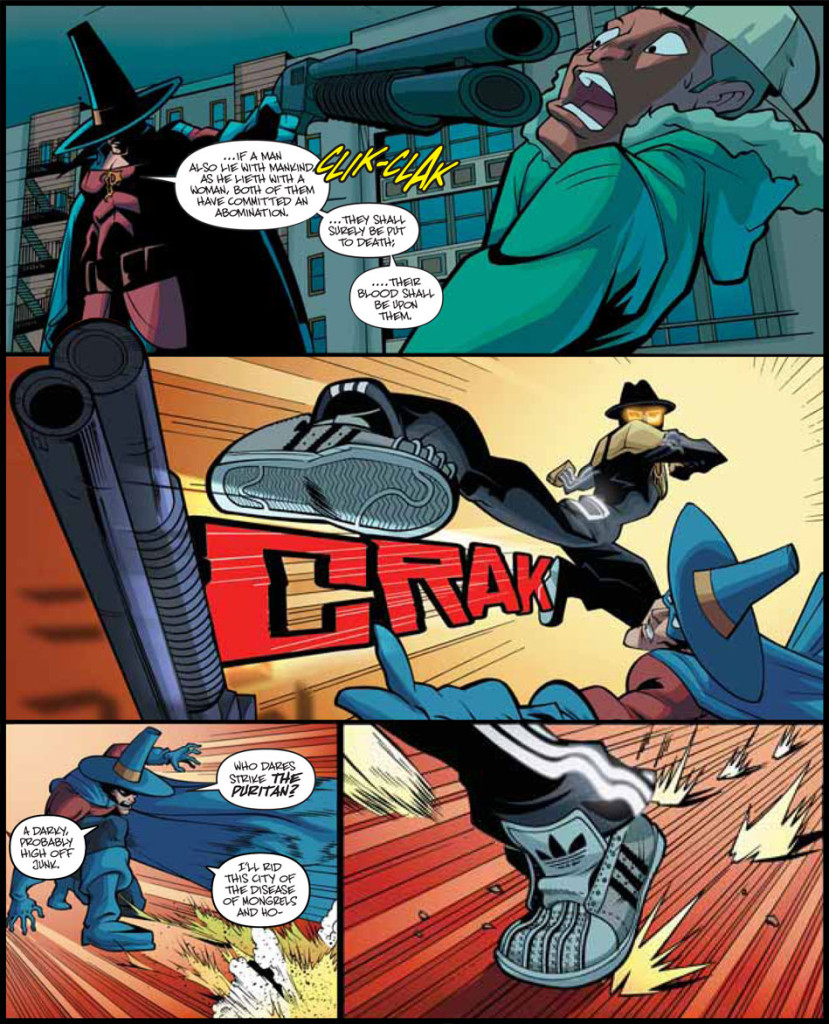 There are many villains running around, from a religious, homophobic extremist to a lunatic graffiti artist who Xs out competitors’ art and the competitors themselves. My favorite was Angelique’s boyfriend whose rage is literally explosive. The only villain I didn’t care for was the punk kid who gels his pink hair up to the sky. For some reason, this schmuck hates TV and attempts to launch an anti-television revolution. Seriously, what the crap, dude? Of course, he gets his behind whooped by D, which is somewhat satisfying, but I was not sure what made the villain tick. Also, his chapter seemed a little unnecessary in the overall plot structure other than to show D kicking his behind, but it is clear that the reason it was included is because the creators have more in store for him. While most of the supporting characters were round, the villains fell mainly flat. I would like to see the company delve more into their motives in future stories. I won’t ruin it for ya, but the big bad was done wonderfully. He is extremely hate-able, but you know, in his warped mind, he believes what he is doing is right.
There are many villains running around, from a religious, homophobic extremist to a lunatic graffiti artist who Xs out competitors’ art and the competitors themselves. My favorite was Angelique’s boyfriend whose rage is literally explosive. The only villain I didn’t care for was the punk kid who gels his pink hair up to the sky. For some reason, this schmuck hates TV and attempts to launch an anti-television revolution. Seriously, what the crap, dude? Of course, he gets his behind whooped by D, which is somewhat satisfying, but I was not sure what made the villain tick. Also, his chapter seemed a little unnecessary in the overall plot structure other than to show D kicking his behind, but it is clear that the reason it was included is because the creators have more in store for him. While most of the supporting characters were round, the villains fell mainly flat. I would like to see the company delve more into their motives in future stories. I won’t ruin it for ya, but the big bad was done wonderfully. He is extremely hate-able, but you know, in his warped mind, he believes what he is doing is right.
The issue touches on many essential problems that still plague our communities today: the crack epidemic, AIDS outbreak, institutional racism, homophobia, abuse, addiction, religious extremism and people who make bad jokes. Even with these intense topics, the comic has a message of hope (thanks greatly to the tone set by the art. We will get to that later). There were also many fun references to cultural figures including Connie Chung, Geraldo Rivera and the Jam Master himself! At one point, we even see a Cornel West-y-looking intellectual foreshadow today’s current events.
Compared to the modern decompression comic, the plot has very little downtime, there is a lot less conversation scenes and a lot more fighting, more pows, more whams, more noise overall.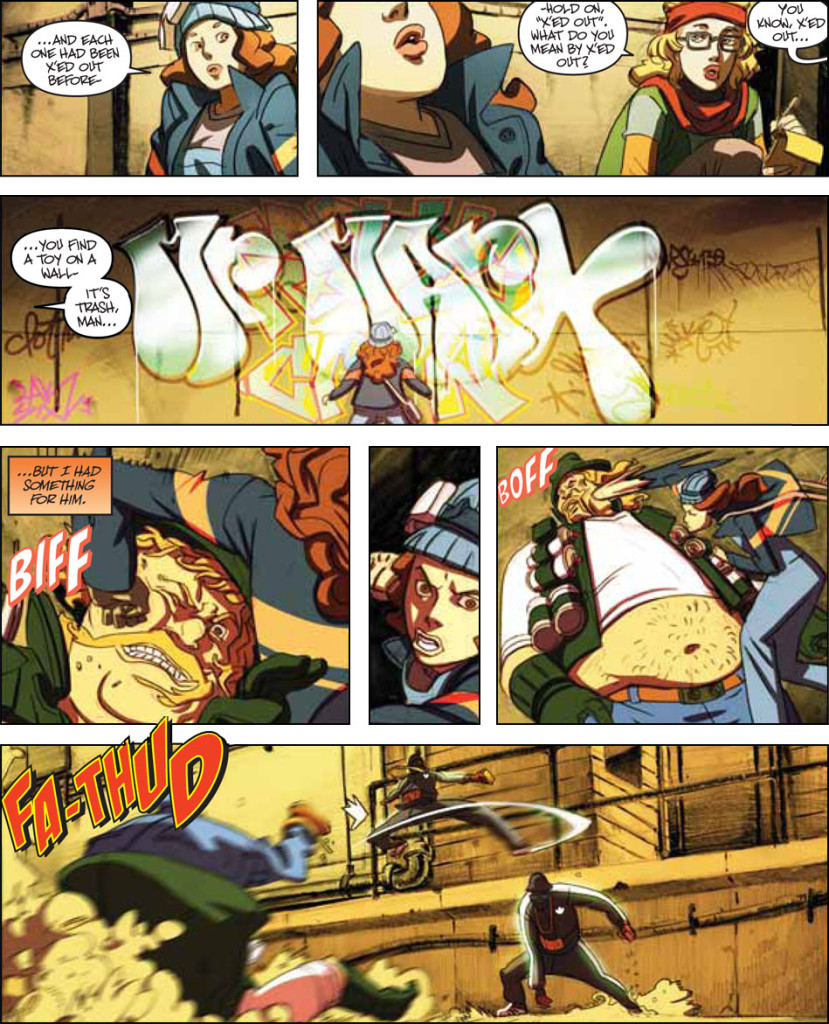
To keep up the pace, the art had to encompass the vitality of the story. Each artist created a million innovative ways to use motion lines to capture the over-the-top movement throughout the book. The bright colors, smooth lines and a cartoonish art style give the book a sense of optimism, of innocence. The comic features sick graffiti by Mare 136 and takes wordplay to new levels by merging sound effects directly into the action like an urban version of the classic Batman TV show. When I first saw that each chapter was drawn by a different creator, I was nervous that, even with the talent involved, it would be hard to keep a consistent tone and mood throughout the book (see X-Men: Schism). The artists ended up working together wonderfully, flowing seamlessly from chapter to chapter with a universal, uplifting, high-intensity style.
I receive many review copies of books for free, including this comic. Even though I received a PDF of DMC, I will purchase a physical copy because I believe in this title and the future of the Darryl Makes Comics universe. I often ask myself before buying a book what the comic adds to our culture. This book brings a lot to the table—it’s a fresh take on classic superhero tropes in a realistic setting, it paves the way for a universe of new heroes representing the demographics of the world we live in and it does not shy away from essential issues while the positive artwork gives a hopeful tone to the entire book.
DMC hits comic shops on October, 29th but is available in advance at this year’s New York Comic Con.
Writen by: Darryl McDaniels and Damion Scott. Creative Consultant: Ron Wimberly. Art by: Chase Conely, Jeff Stokely, Felipe Smith, The Madtwiinz, and Shawn Crystal. Graffiti by: MARE 139. Cover by Sal Buscema and Bob Wiacek.
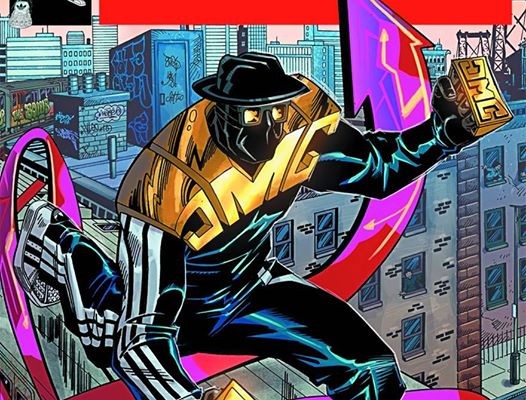


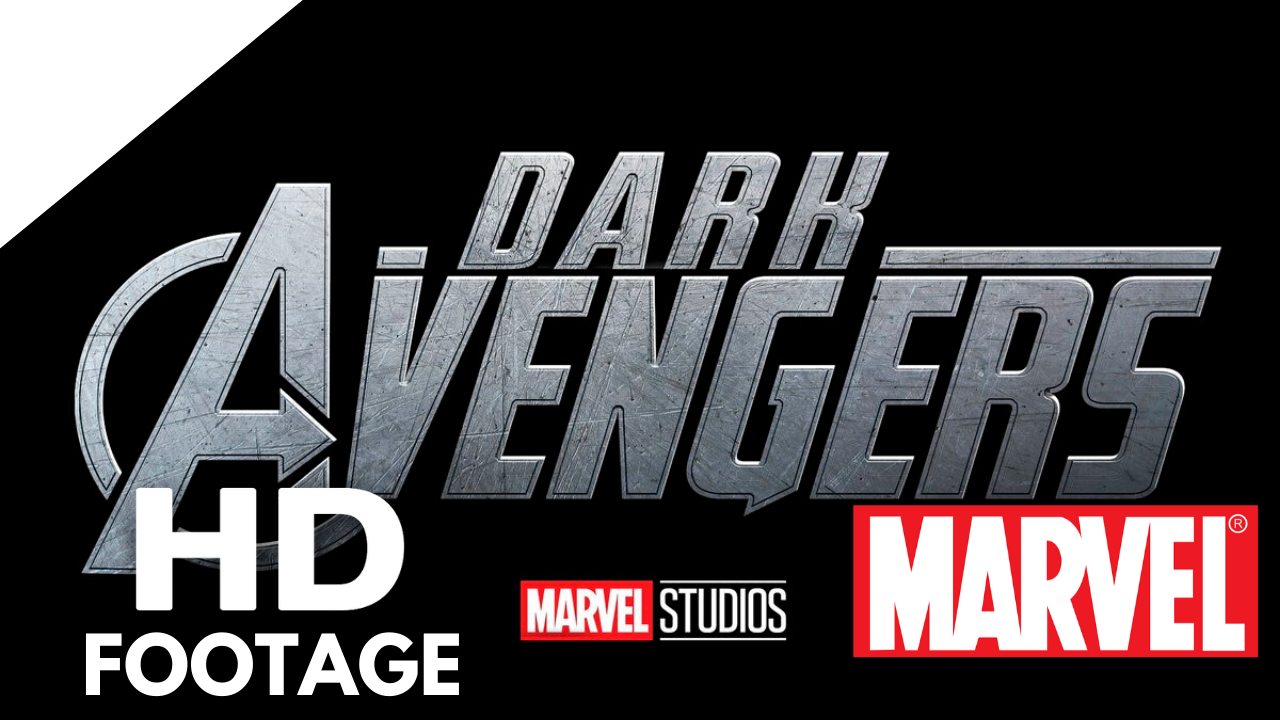
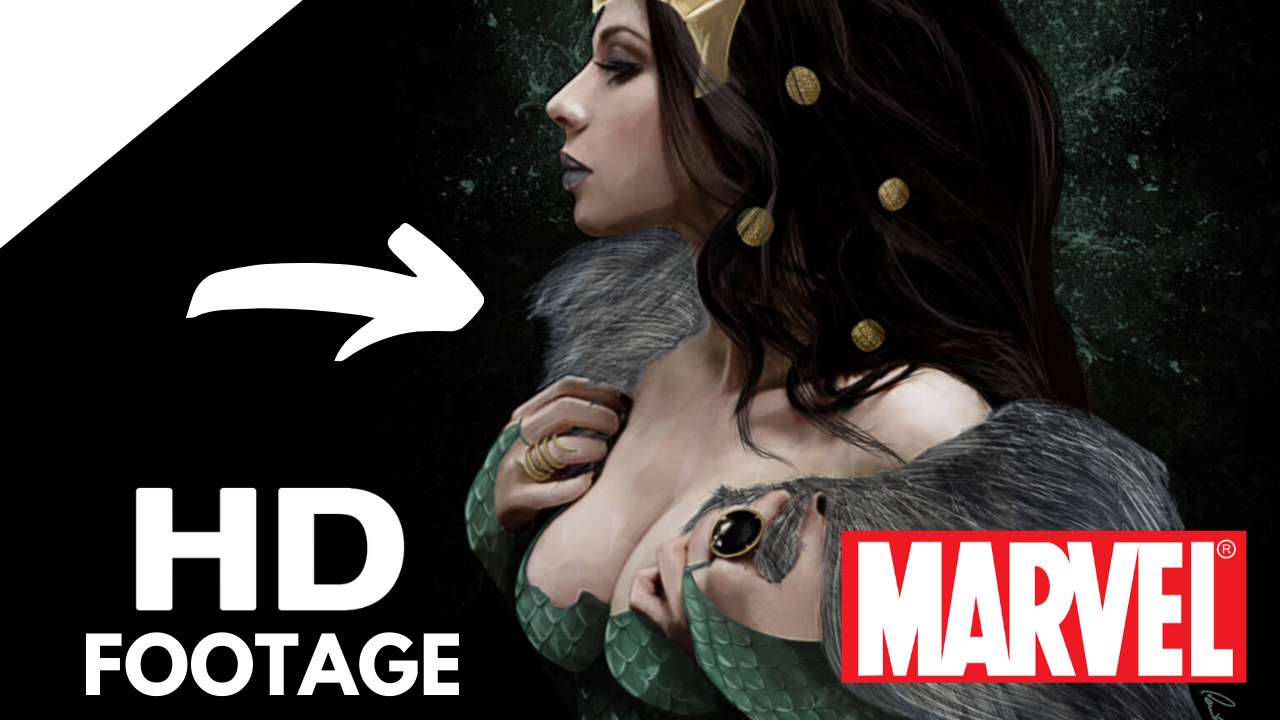
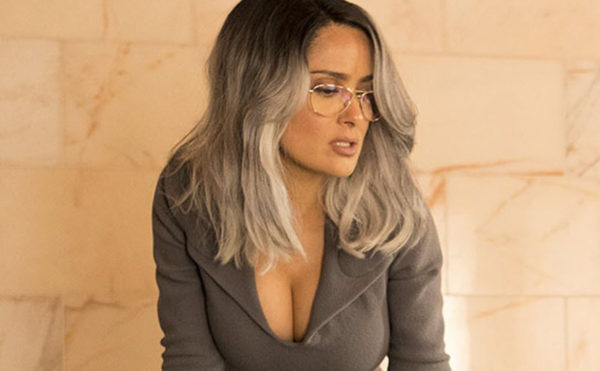
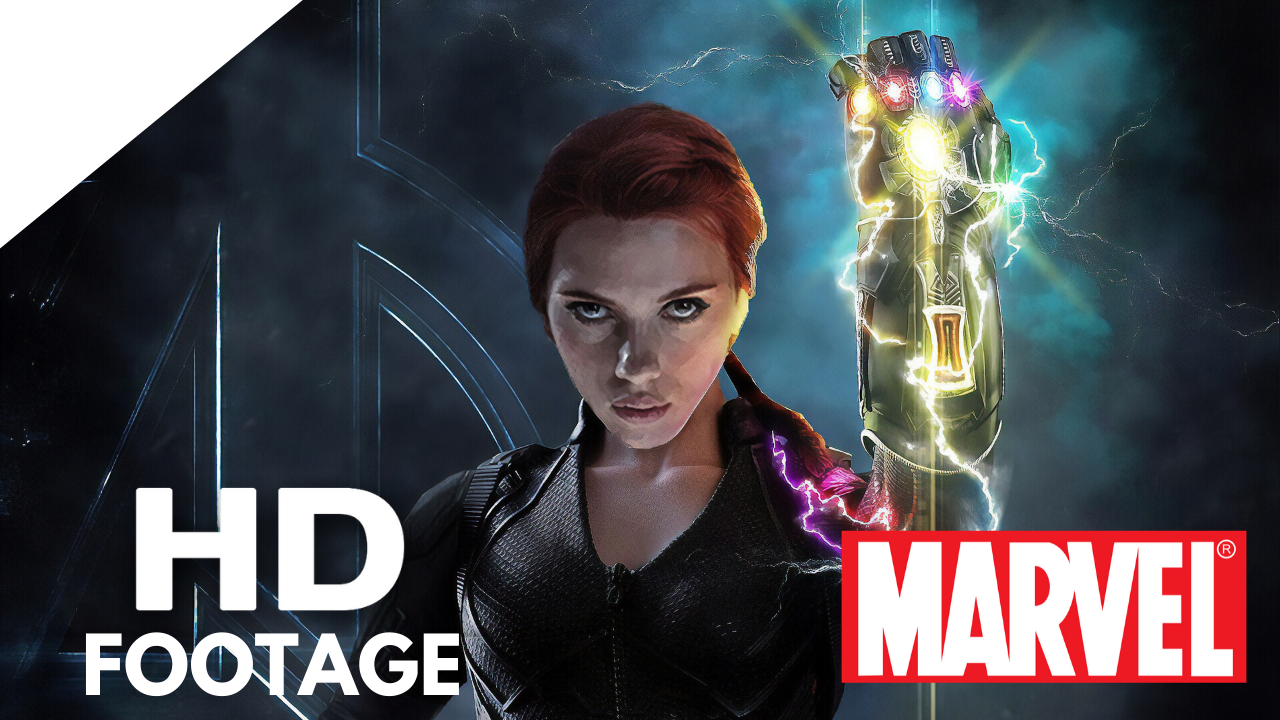
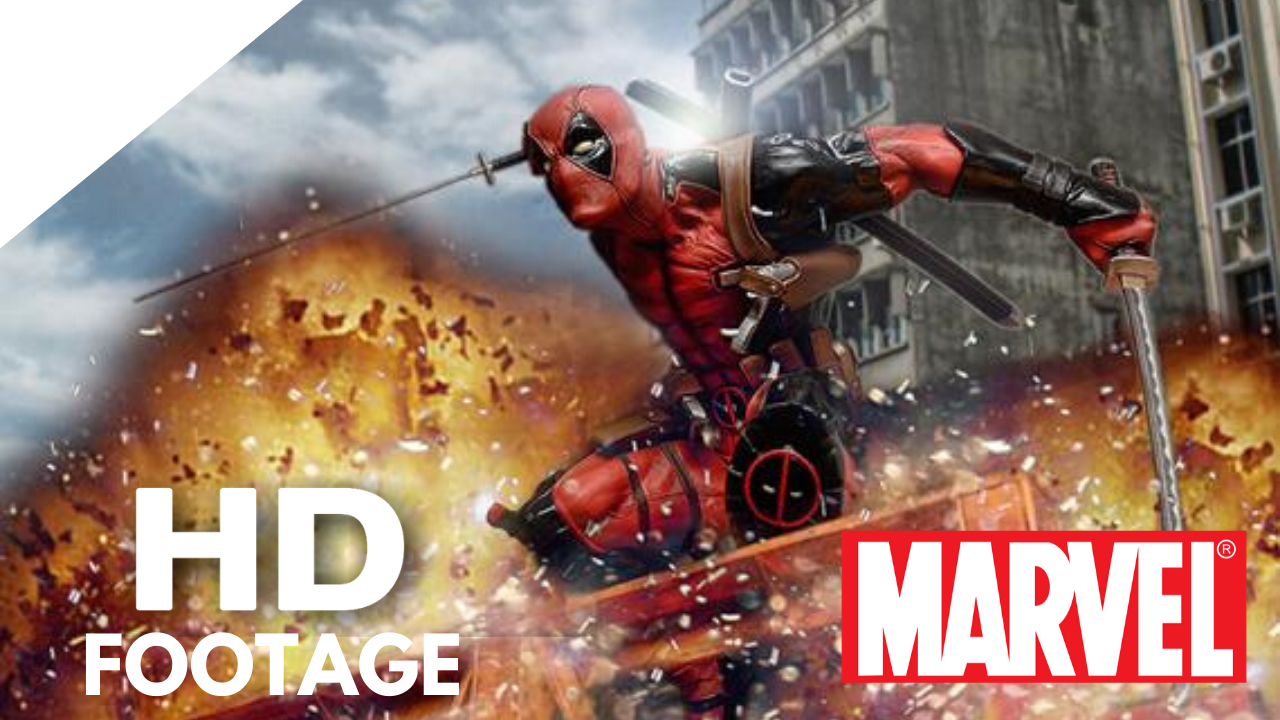
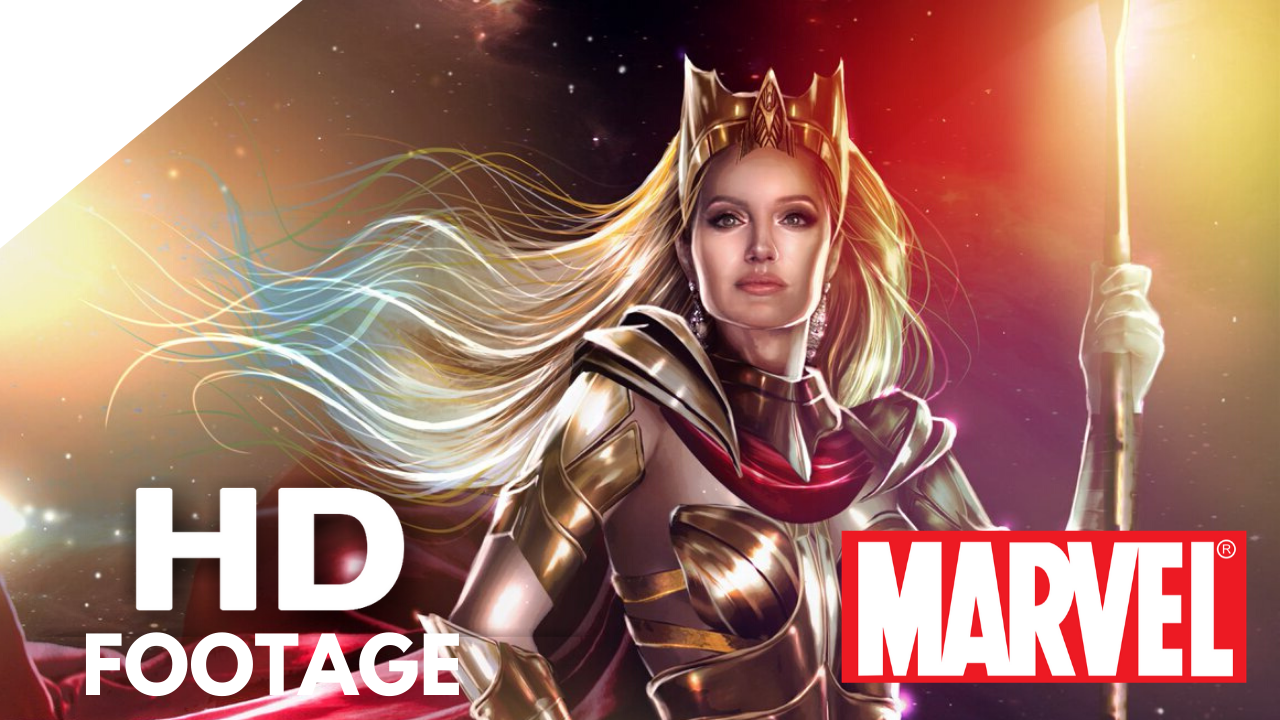
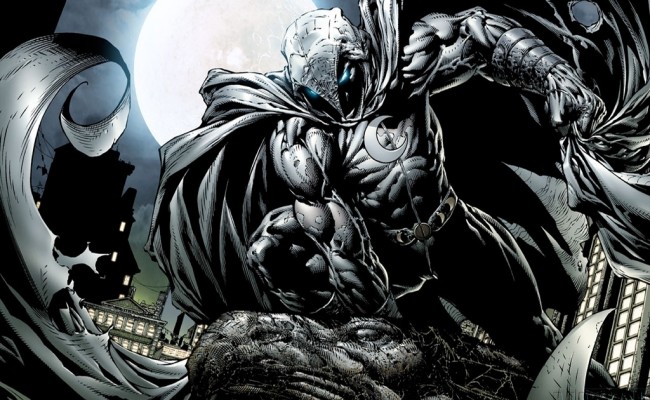
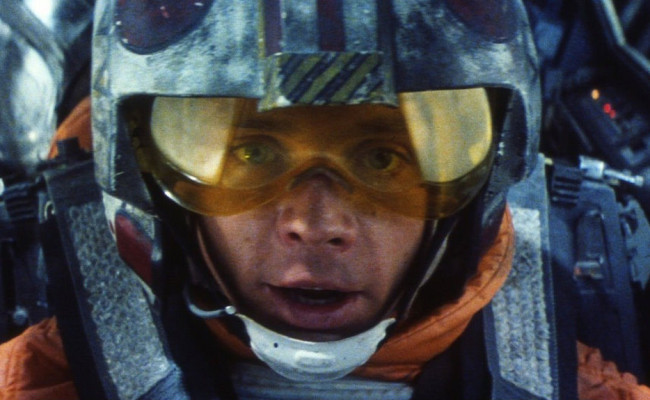
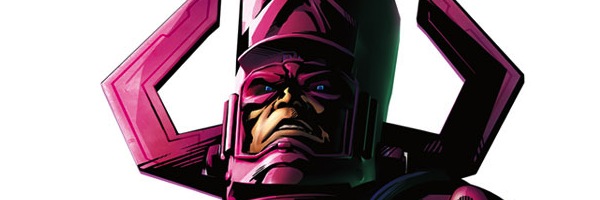
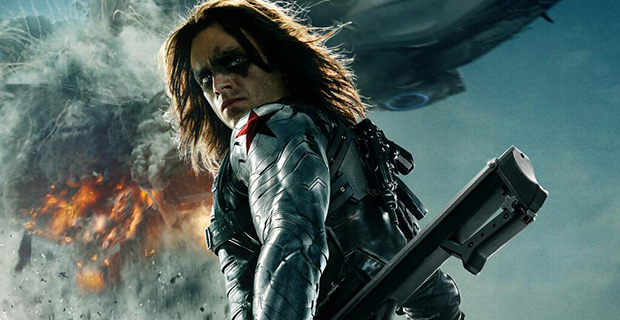
S#!T Talking Central